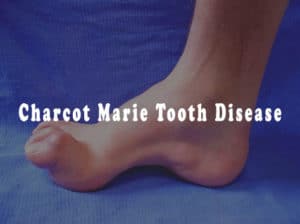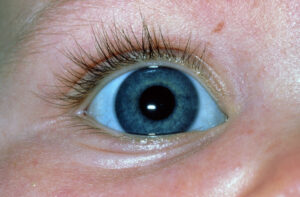Chagas disease is also known as South American Trypanosomiasis. It is caused by a protozoa named Trypanosoma cruzi.
Chagas disease is endemic in South America where as in Africa we found Trypanosoma gambiense and rhodesiense which cause different type of illness.
Pathogenesis
Chagas disease is primary an infective disease of wild animals, but humans can get it. In south America 8-10 million people are infected.
Trypanosoma cruzi is transmitted by a reduviid bug named triatomine. It usually lives in the mud and rural areas and bite humans at night. Human to human or animal to human transmission is possible by this vector. Infection occurs when the bug penetrated the skin through the bite wound, mucus membrane or conjunctiva.
Clinical features
The acute phase of infection is characterized by chagoma (a skin lesion). In this phase fever, muscle pain, lymph node swelling, conjunctivitis, meningitis and myocarditis can be seen. In addition, there might be swelling around the eyes, otherwise known as Romana’s sign.
In chronic phase following features are present:
- Dilated cardiomyopathy
- Heart block
- Arrhythmia
- Cardiac aneurism
- Dilated esophagus causing esophageal dysmotility and regurgitation of food
- Megacolon causing constipation
- Increased risk of thromboembolism
The main cause of death is due to cardiac involvemnet.
Diagnosis
- Peripheral blood film (Trypanosoma can be visualized)
- PCR to detect parasite DNA
- Trypanosoma antibody detection
Treatment
In acute phase two drugs – Benznidazole and Nifurtimox are effective. But these are not effective in chronic phase. But still treatment is indicated for all trypanosomiasis patients. Benznidazole is preferrable due to fewer side-effects.
Other treatments include management of complications. For example antiarrhythmics can reduce funny rhythms in the heart. Beta blockers can be used to manage heart failure. Similarly, medical and surgical therapies for mega-esophagus and megacolon also exists.
In HIV patients with CD4 count below 200 cells/cubic mm Trypanosoma can cause space occupying lesions similar to toxoplasma.
Prevention
Prevention is always a better way to deal with this disease. Some useful preventative measures are:
- Bug control by insecticides
- Pyrethroid-impregnated bed curtains
- Screening for trypanosome before blood donation


